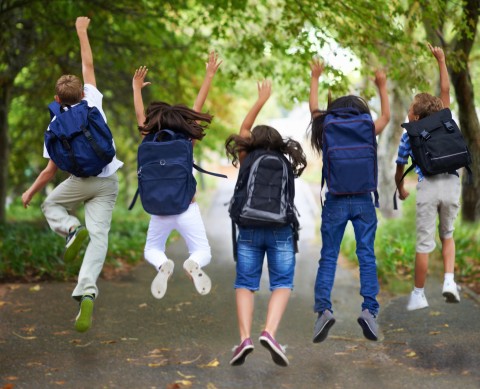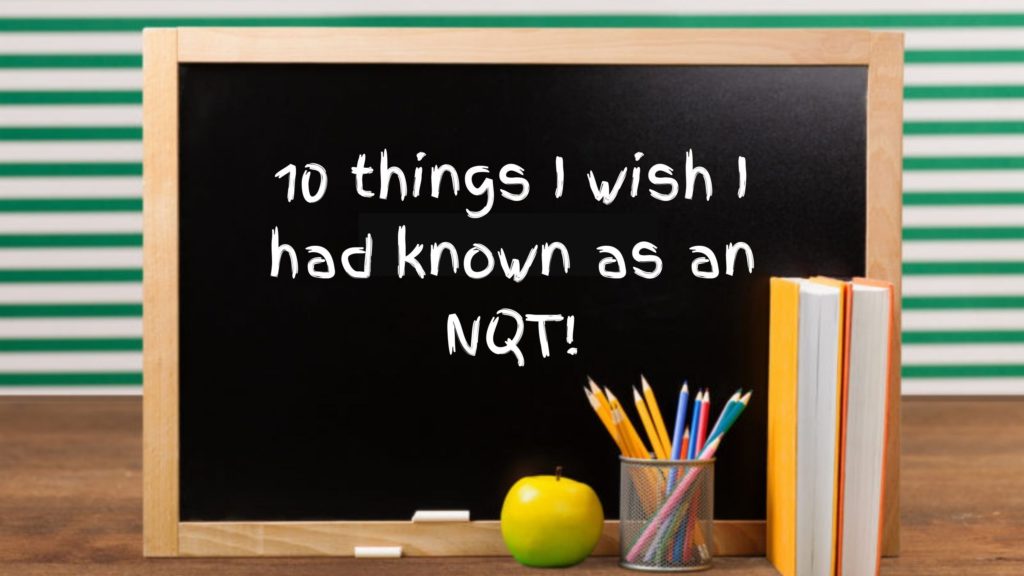What should schools teach children about the dangers they may face over the summer holidays?

When it comes to teaching children about the dangers they may face over the summer holidays, schools play a vital role in promoting their safety and well-being. Here are some important topics that schools can consider including in their curriculum or discussions:
- Water safety: Educate children about the importance of water safety, whether it’s swimming in pools, lakes, or oceans. Teach them about the dangers of swimming alone, the importance of wearing life jackets when necessary, and how to recognize and respond to potential water emergencies.
- Sun protection: Teach children about the risks of sun exposure and how to protect themselves from harmful UV rays. Encourage the use of sunscreen, hats, sunglasses, and appropriate clothing to minimize the risk of sunburn and skin damage.
- Stranger danger: Provide age-appropriate lessons on personal safety, including how to recognize and respond to potentially dangerous situations involving strangers. Teach children about the importance of staying with trusted adults, not accepting gifts or rides from strangers, and how to seek help when needed.
- Road safety: Remind children about road safety rules and the importance of being vigilant when crossing streets or biking. Teach them about traffic signals, pedestrian rights, and safe cycling practices.
- Outdoor hazards: Educate children about potential hazards they may encounter during outdoor activities, such as hiking, camping, or playing in nature. Teach them about the importance of staying on designated paths, avoiding dangerous wildlife, and recognizing poisonous plants.
- Internet safety: Discuss the potential risks and dangers of the internet, including cyberbullying, online predators, and the importance of maintaining privacy. Teach children about safe internet practices, such as not sharing personal information online and being cautious when interacting with strangers.
- First aid basics: Introduce basic first aid skills to children, such as how to recognize common injuries like cuts, burns, or sprains, and what immediate actions they can take to help themselves or others. Encourage them to inform an adult or seek appropriate help in case of emergencies.
- Mental health awareness: Promote discussions around mental health and emotional well-being, emphasizing the importance of self-care, stress management, and seeking support when needed. Teach children about recognizing signs of distress in themselves and others and provide resources or strategies for coping with emotional challenges.
- Fire safety: Educate children about fire hazards and the importance of fire safety measures, such as not playing with matches or lighters, knowing how to evacuate safely during a fire, and understanding the stop, drop, and roll technique.
- Healthy habits: Encourage children to maintain healthy habits over the summer, such as staying hydrated, eating nutritious foods, getting enough sleep, and engaging in regular physical activity.
Remember that teaching these topics should be age-appropriate and presented in a way that engages children and encourages their active participation. It’s also important to involve parents and guardians in reinforcing these messages and promoting a safe and responsible summer break.







Responses